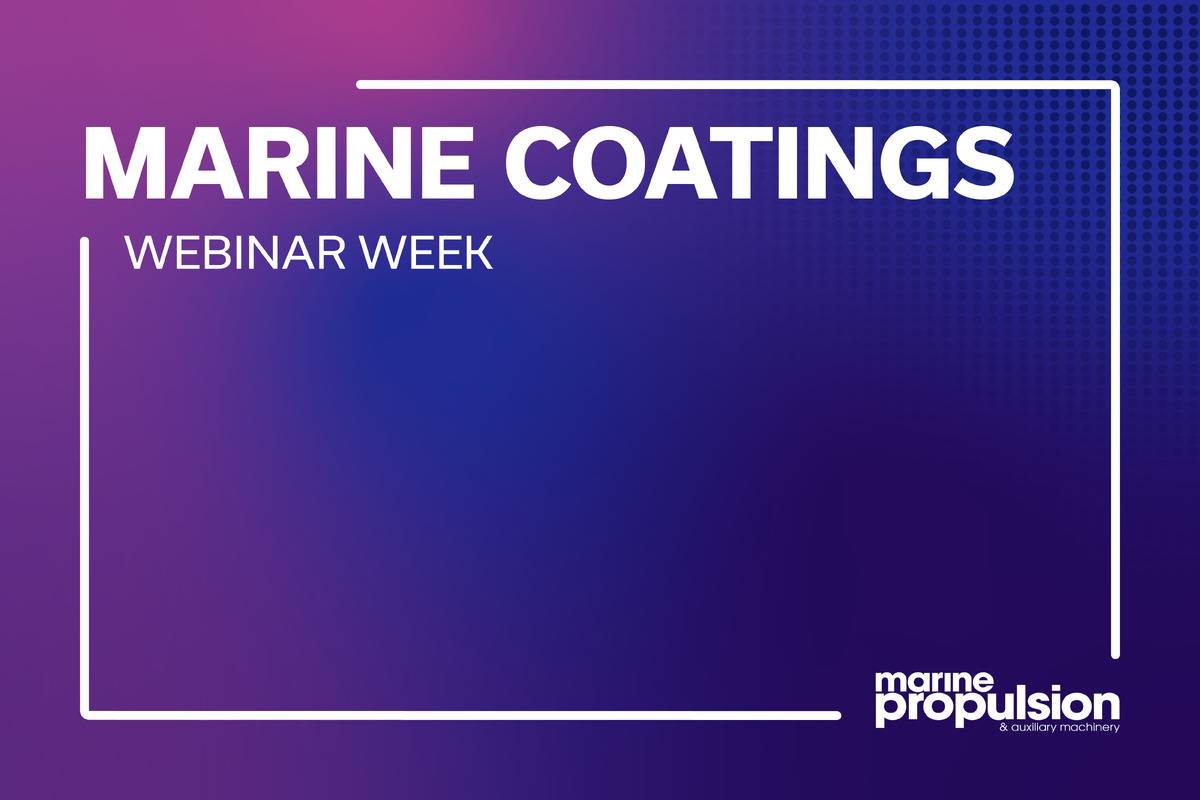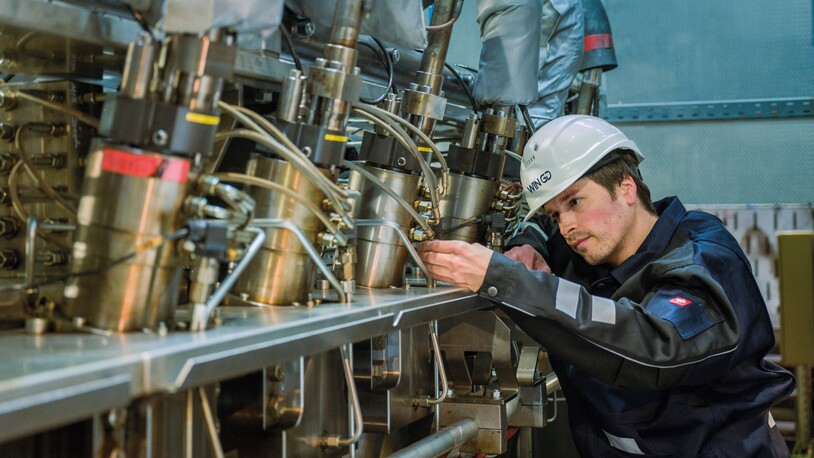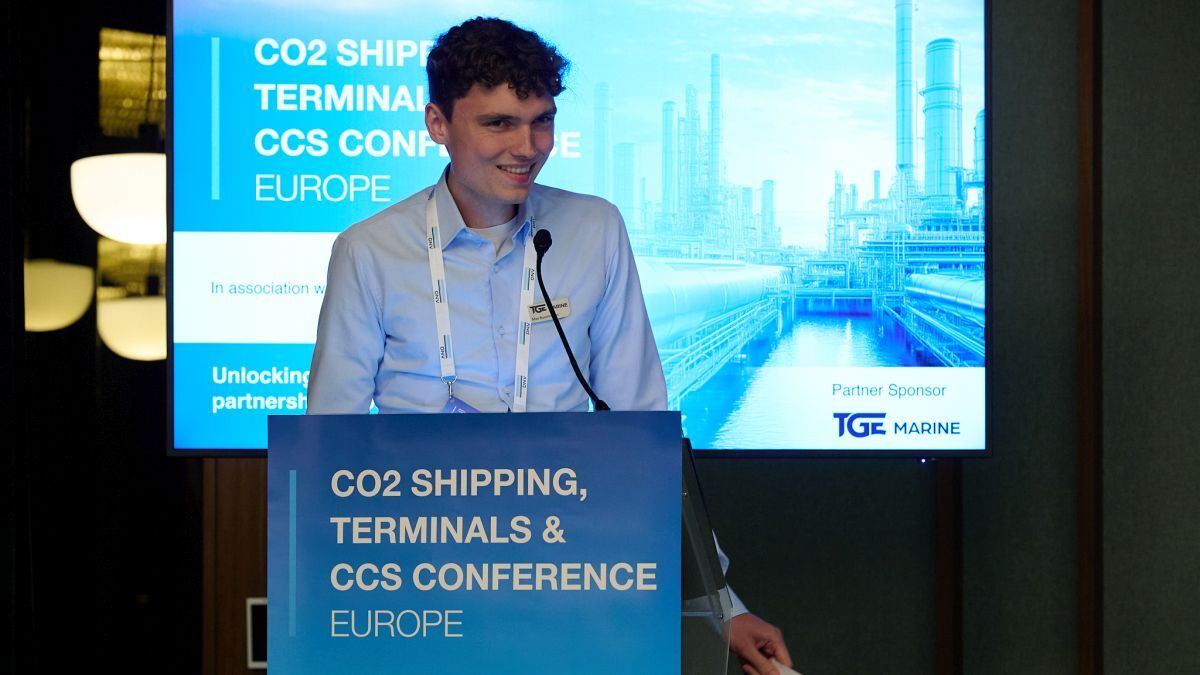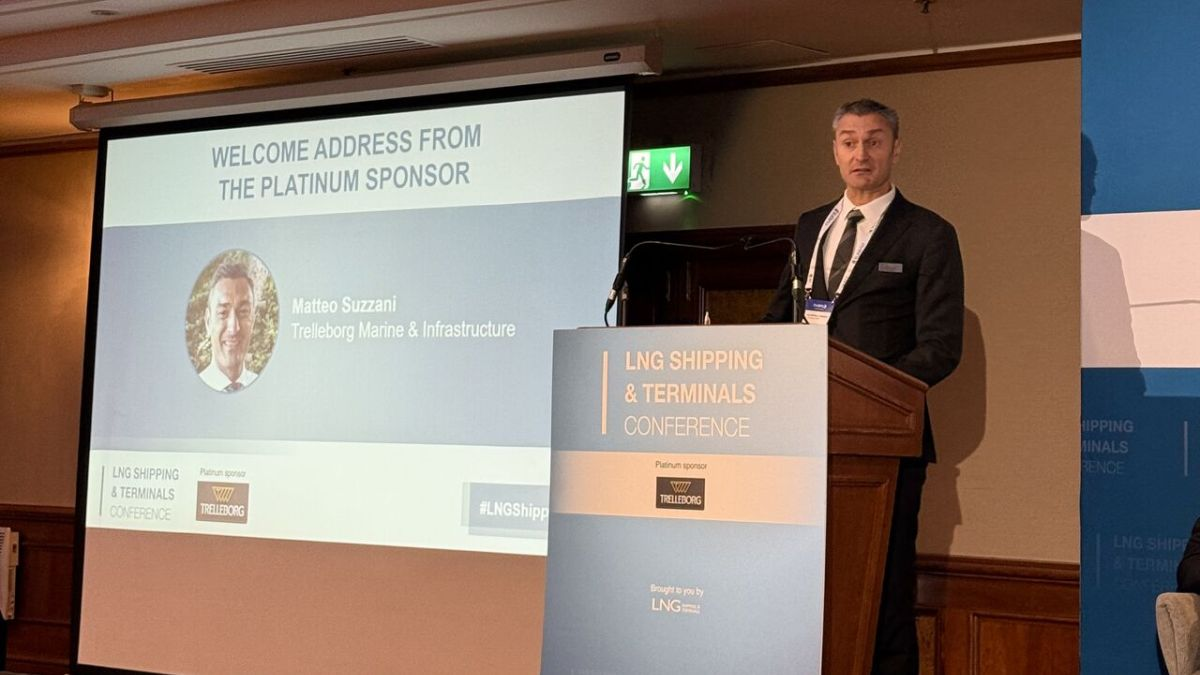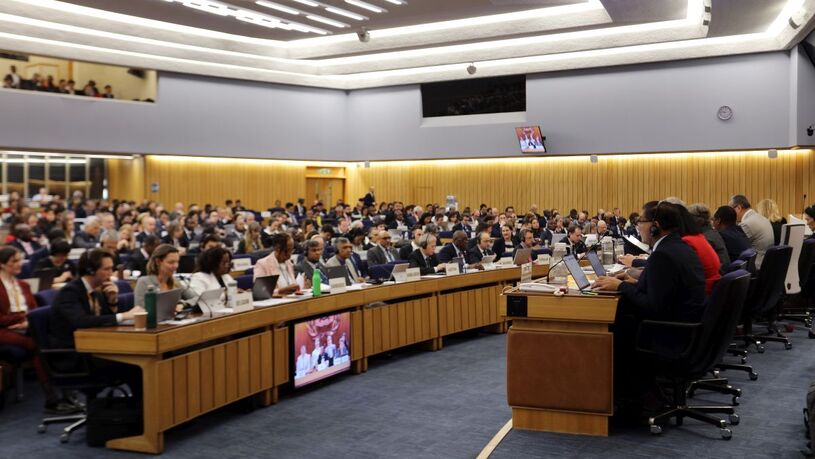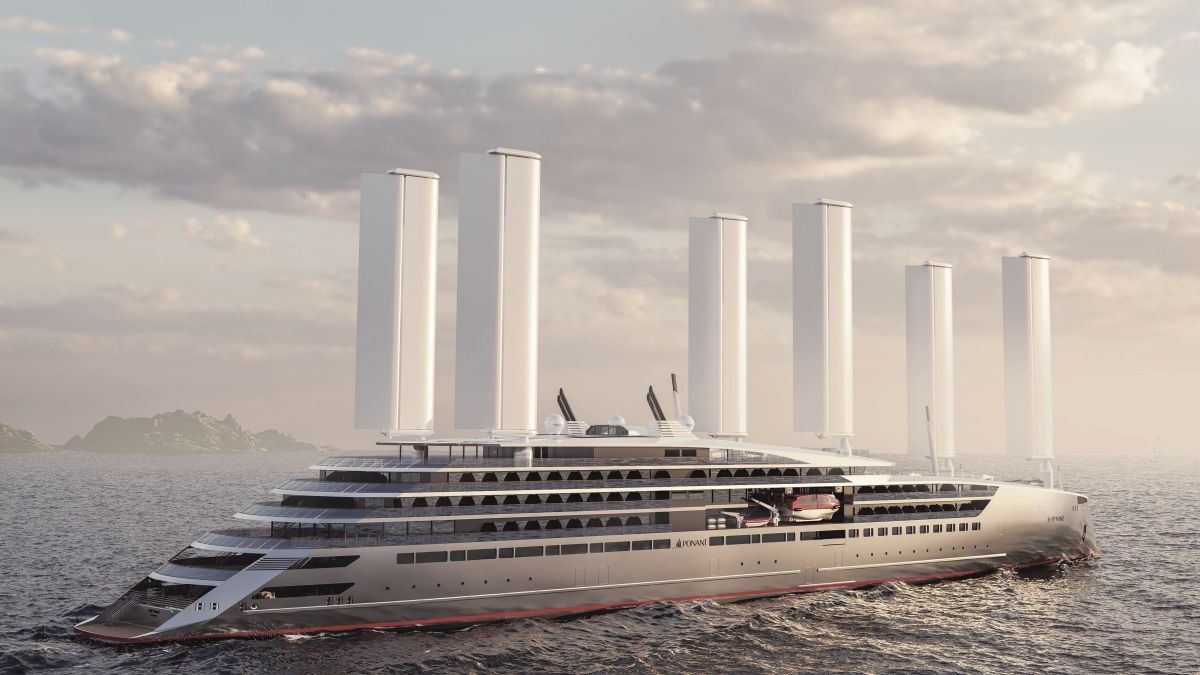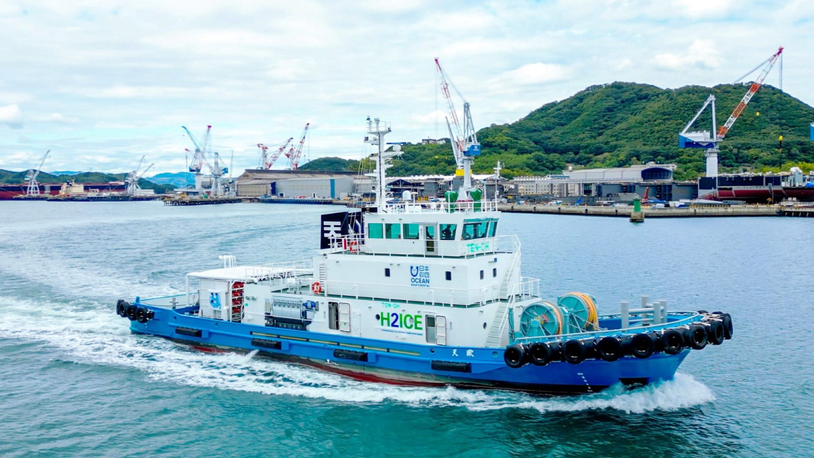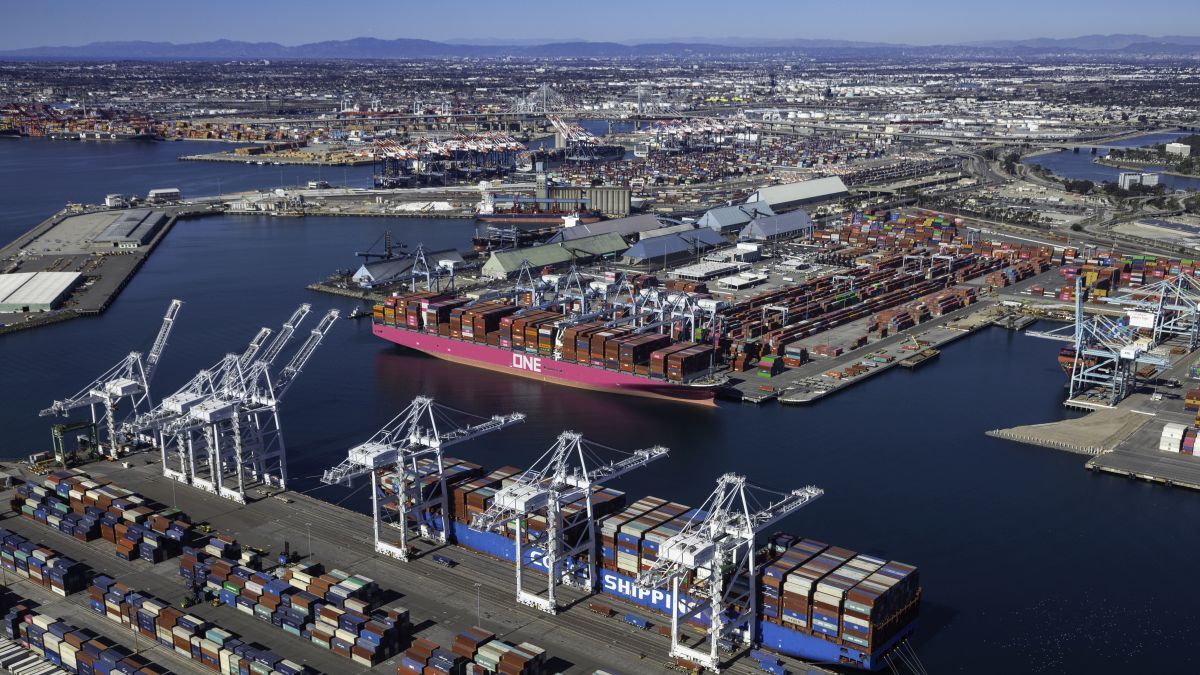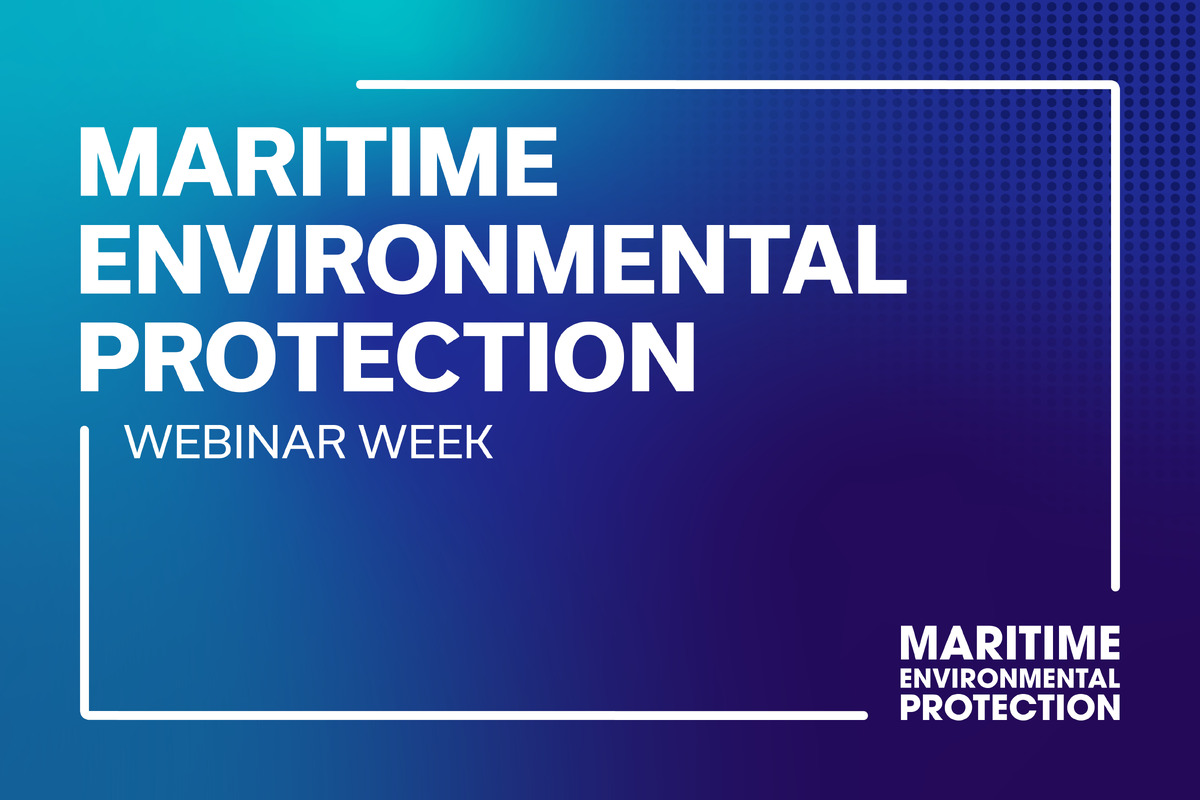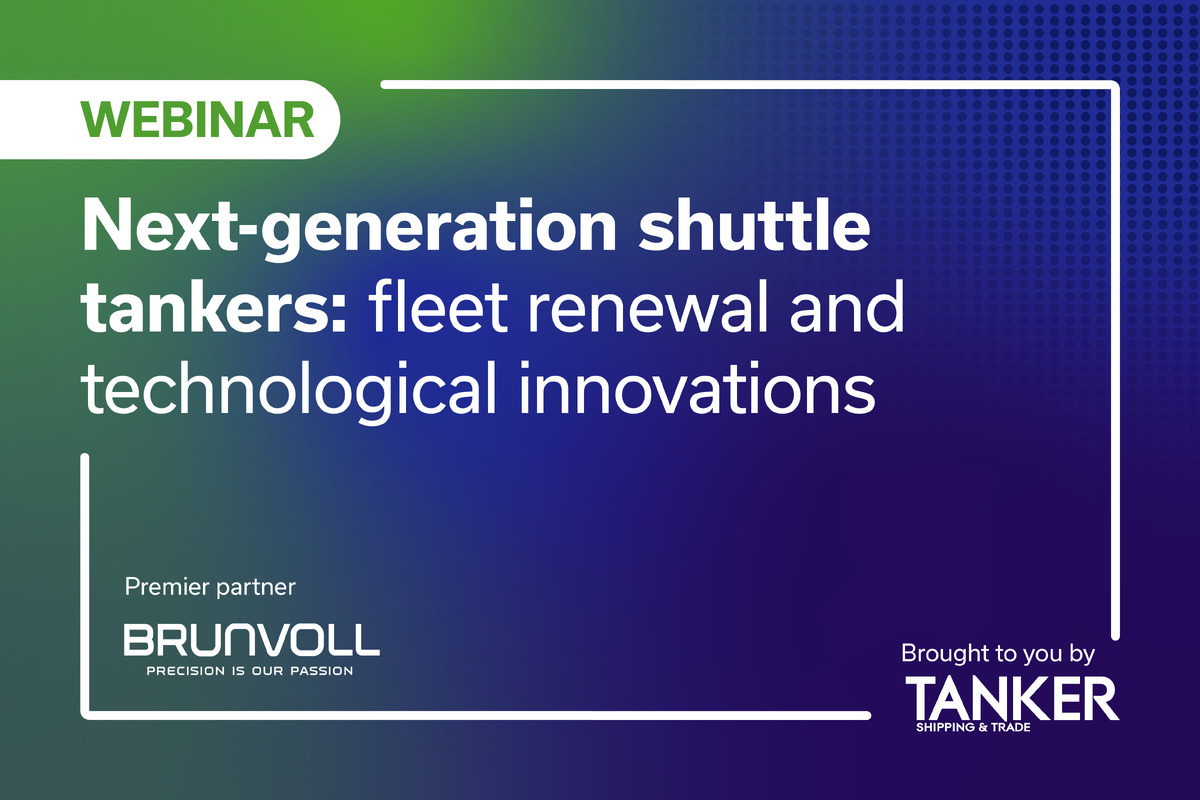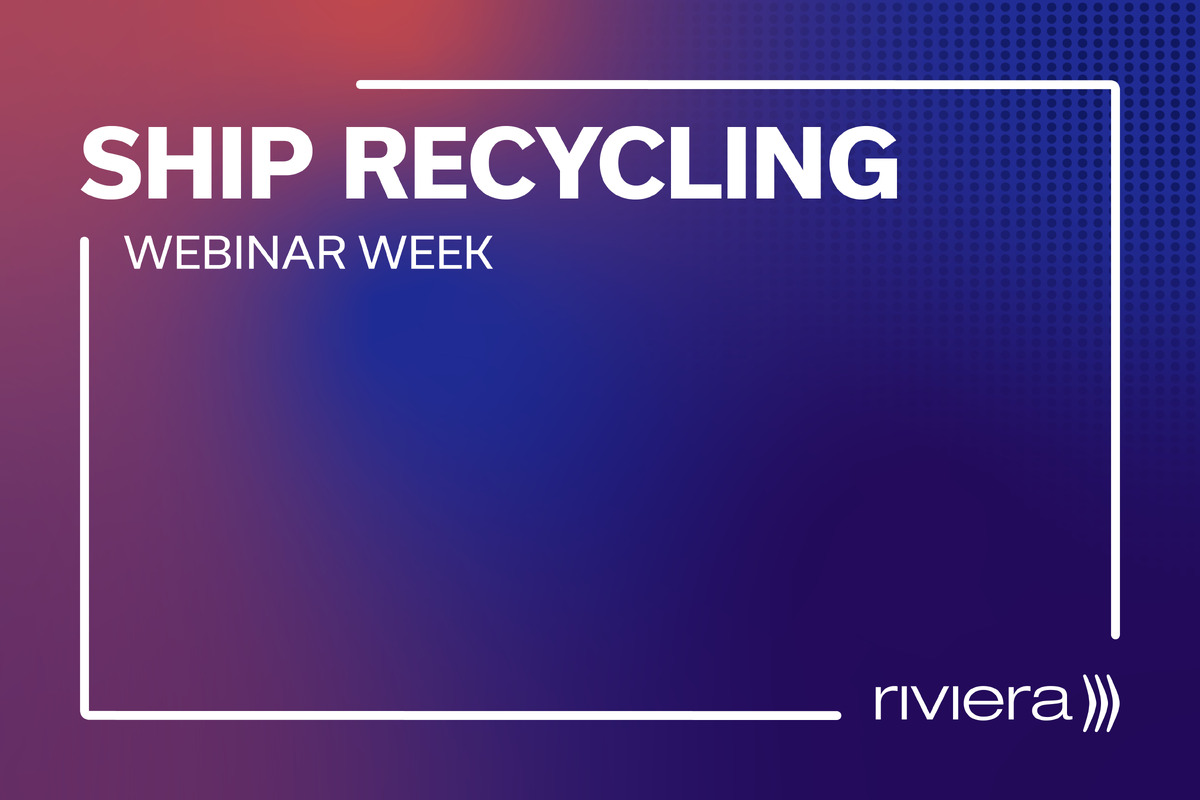Business Sectors
Events
Marine Coatings Webinar Week
Contents
Alternative fuels: making the case for ammonia
The production and associated supply chain for ammonia is well established, increasing its viability as an alternative fuel for shipping
Ammonia can be used as an internal combustion fuel through injection with a pilot fuel and as a carrier of hydrogen for cracking in fuel cells to produce energy and heat. These properties are helping ammonia gain traction as an alternative fuel. In a poll in July 2020, some 60% of recipients agreed ammonia would be part of the fuels market by 2025. A higher percentage of respondents expressed interest in using ammonia, with 65% saying they would be early adopters.
A Riviera Maritime Media webinar on the subject of ammonia as a marine fuel, held in July, saw presentations from C-Job lead naval architect Niels de Vries, Yara International vice president of ammonia energy and shipping fuel Rob Stevens, NETSCo vice president Jan Flores, and NCE Maritime CleanTech project manager/project co-ordinator ShipFC, Tore Boge.
Mr de Vries noted volumetric energy density was a key metric when comparing marine fuels. “There is a huge improvement compared to liquid hydrogen, but it is on a similar level in production costs,” he said. “It (ammonia) is a very well balanced solution between volumetric energy density and production costs,” he added, pointing out that there were many other alternatives of “carbon carriers” but these require and lot more energy to produce. “We really see that for deep-sea shipping, where opex is so dominant, that the extra space is justified,” he said. In these circumstances, this makes ammonia a feasible solution.
On pricing, ammonia for deep-sea shipping should be generated as green ammonia – from renewable and sustainable sources – to justify it in shipping. On a practical level, this means that marine fuel ammonia has to become more competitive. One way to achieve this is by upscaling renewable energy, pushing the price of green electricity down and leading to green ammonia prices in the range of US$300-US$500/tonne to compete with traditional fuels. The added value of clean(er) transport has to be accounted for. One solution would be to factor a CO2 tax on traditional fuels. This would require international co-operation to ensure a level playing field. Additionally, the involvement of the cargo owner is crucial in the debate about willingness to pay more for clean(er) transport.

In another poll held during the webinar, it was asked whether ammonia marine fuel would only happen with strict CO2 regulations from well-to-wake: 73% agreed or strongly agreed that would be the case. The balance for respondents appeared to be in finding an acceptable well-to-wake cost.
“Unit per volume is the most important parameter in ship design when looking at a fuel containment system”
Mr de Vries noted that there is no requirement to go straight to ammonia-only power. Ammonia can be used in conjunction with marine fuel (as a pilot fuel) and as the technology develops, in conjunction with hydrogen cracked from the ammonia onboard. “The-fuel cell technology is not mature enough yet to be adopted, so the internal combustion engine will be the intermediate solution,” said Mr de Vries. He added that having diesel onboard allows it to be used as a back-up fuel in emergencies.
Mr Stevens of Yara International said: “When you look at ammonia as a marine fuel, it is all about closing the gaps. The gaps on cost, the gaps on supply security, safety and safe reception facilities in place, and technology.” Yara is part of the ‘Getting to Zero Coalition’ project to evaluate these gaps.
Yara is now planning and engineering a reintroduction of the production of green ammonia, something the company did between 1927 and 1991.
“In principle, our ambition, our aim is to go back to the future with green-based ammonia products,” said Mr Stevens. Yara is established throughout the whole ammonia supply chain and has its own fleet of ammonia carriers.
The company expects to be climate neutral by 2050, facilitated by producing the first green ammonia before 2030.
Asked whether the drive to use ammonia as a marine fuel be the responsibility of ammonia producers, only 11% of webinar respondents said it should. Nearly a third (32%) said it is the responsibility of regulators. The remaining votes were spread over assigning responsibility to new suppliers (15%), shipowners (23%) and renewables hydrogen supply (19%).
Mr Flores noted that NETSCo has experience of ammonia logistics in designing liquid ammonia barges and have been working on the feasibility of using ammonia for fuel cells in marine applications. It was the hydrogen fuel-cell installation on a ship that made NETSCo consider ammonia, he said.
“It was a major project for a shipowner. Hydrogen posed some challenges on the storage side; that is when we looked at ammonia to solve the storage capacity issue,” he said. The fuel-cell research led to a number of interesting comparisons. “Hydrogen is a very efficient fuel in unit per weight, but it is not very efficient in unit per volume. Unit per volume is the most important parameter in ship design when looking at a fuel containment system.”
During the project, NETSCo looked at various ammonia containment systems. The range of containment systems for ammonia is relatively broad compared to liquid hydrogen. The comparison of the various fuels energy density per unit volume does not take into account the space additional space required to meet safety standards, which can be very onerous for a fuel like liquid hydrogen. “Ammonia is relatively benign,” said Mr Flores. “We can store ammonia fairly easily in a type B tank. That will give you more space compared to LNG,” he said.
Should the use of ammonia as a marine fuel be the responsibility of ammonia producers?
11% - yes
32% - no, responsibility lies with the regulators
15% - no responsibility lies with new suppliers
23% - no responsibility lies with shipowners
19% - no responsibility lies with the hydrogen supply chain
It is not just in Norway and the US where ammonia-fuelled vessels are being developed. The NCE Maritime CleanTech ShipFC project is a partly EU-funded project that is developing green ammonia-fuelled 2-MW SOFC offshore support vessel Viking Energy. This is due to hit the water in 2024. The vessel uses Yara’s green ammonia in a large fuel cell with a battery array. The batteries will provide energy for instant load conditions.
Mr Boge is project manager and explained: “There is a bigger picture in ShipFC. Converting a supply vessel will not help meet IMO greenhouse gas targets by itself. We have (deep-sea operators) Star Bulk, Capital Executive Shipping and North Sea Shipping as partners. They will provide vessel operations data, which will be combined with ShipFC data from Viking Energy. The analysis can be scaled up for the high-emissions deep-sea fleet,” he said.
Whether ammonia becomes a mainstream marine fuel will ultimately depend on price. More than 65% of webinar attendees cited this as the main criteria, followed by ease of installation (25%) and familiarity (10%).
Related to this Story
Events
Marine Coatings Webinar Week
Maritime Environmental Protection Webinar Week
Ship Recycling Webinar Week
© 2024 Riviera Maritime Media Ltd.
